Understanding and addressing your attachment style can be crucial for building a healthy and fulfilling relationship. Find out which one is yours and how to change it a more secure style.
Have you ever been in a relationship with someone who was emotionally unavailable? What about someone who was emotionally exhausting?
People give up on finding “the one” after experiencing a relationship or two with someone who has either style. Self-doubt sets in and you think, “something must be wrong with me.”
To understand this phenomenon you must first understand attachment theory, one of the most well researched theories in the field of relational psychology. Attachment theory describes how our early relationships with a primary caregiver, most commonly a parent, creates our expectation for how love should be.
Our view of our self and others is molded by how well these caregivers were available and responsive to met our physical and emotional needs. In our adult relationships, our attachment system is triggered by our romantic partners.
Related: The Reason Why Non-Attachment Is An Important Key For A Happy Life And Relationship
How Your Attachment Style Impacts Your Relationship
The attachment alarm: How are we triggered? Think about the availability of your primary caregiver.
- Were they neglectful, always there for you, or inconsistent?
- Who did you go to when you had a problem?
- Was there someone there you could really count on?
You can start to identify your own attachment style by getting to know the four patterns of attachment in adults and learning how they commonly affect couples in their relating.
According to attachment theory, you have a secure attachment style if a caregiver was responsive and available to you as a child, making you feel safe and secure. Creating a secure attachment is important for dating to create a healthy relationship.
In a secure relationship your partner is there for you and has your back. If you are an insecure style (and you choose someone with an insecure style), you will continually be triggered and never feel safe or secure in your relationship.
Related: Attachment Theory Explains Why Your Relationships Fail
If your caregiver was unresponsive, you form an insecure attachment pattern. An insecure attachment style manifests in three main ways.
1. Anxious Attachment

develops when a caregiver has been inconsistent in their responsiveness and availability, confusing the child about what to expect. As an adult, this person acts clingy at times and finds it difficult to trust their partner.
2. Avoidant Attachment
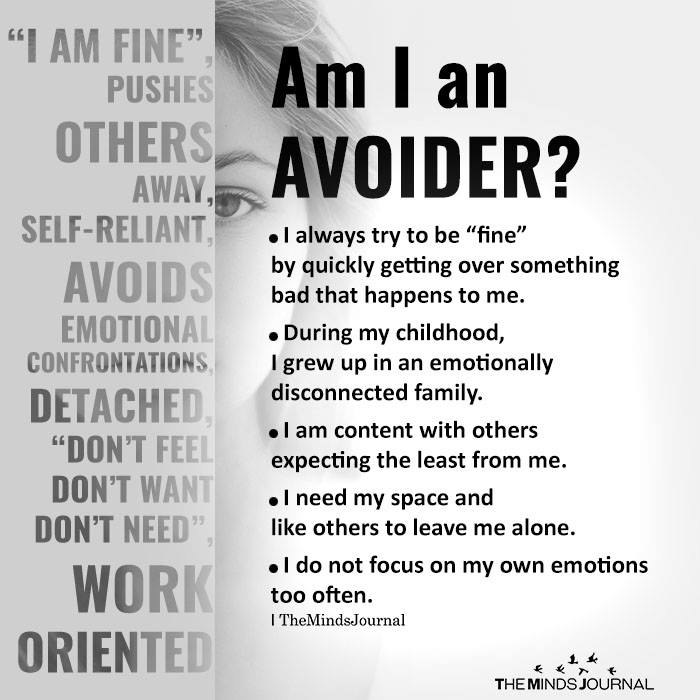
develops when a caregiver is neglectful. These are the children that play by themselves and develop the belief that no one is there to meet their needs. As adults, they typically label themselves as very independent.
3. Disorganized Attachment
develops from abuse, trauma, or chaos in the home. A child learns to fear the caregiver and has no real “secure base.”
Related: How A Messed Up Childhood Ruins Your Adult Life
All of these styles influence the way you behave in your romantic relationships and how you find a romantic partner. So, this begs the question, can one change their attachment style to a more secure way of relating?
Changing your attachment style to secure for successful relationships later in life
The answer is yes, but it takes hard work. Often therapy can be incredibly helpful. Being aware of your attachment style and the choices you are making in a partner is crucial. A quality therapist will guide your development of the awareness necessary to discern whether you are reacting to past wounds.
We tend to recreate unhealthy relationship patterns from our childhood in our adulthood. As much as people may dislike it, the familiarity is comforting. You may even confuse the feelings of relationship chemistry with what is the familiarity of your early life experience.
You can challenge your insecurities by choosing a partner with a secure attachment style, and work on developing yourself in that relationship. By facing your fears about love, you can build new styles of attachment for sustaining a satisfying, loving relationship.
Related: 3 Secrets To Achieving Love Without Attachment
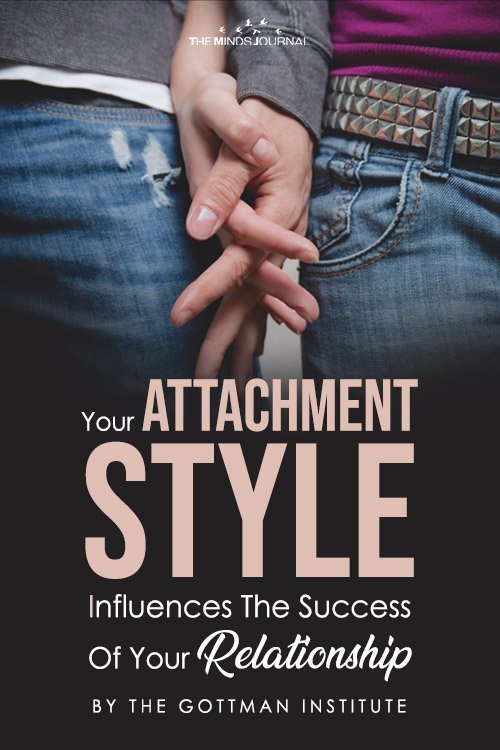



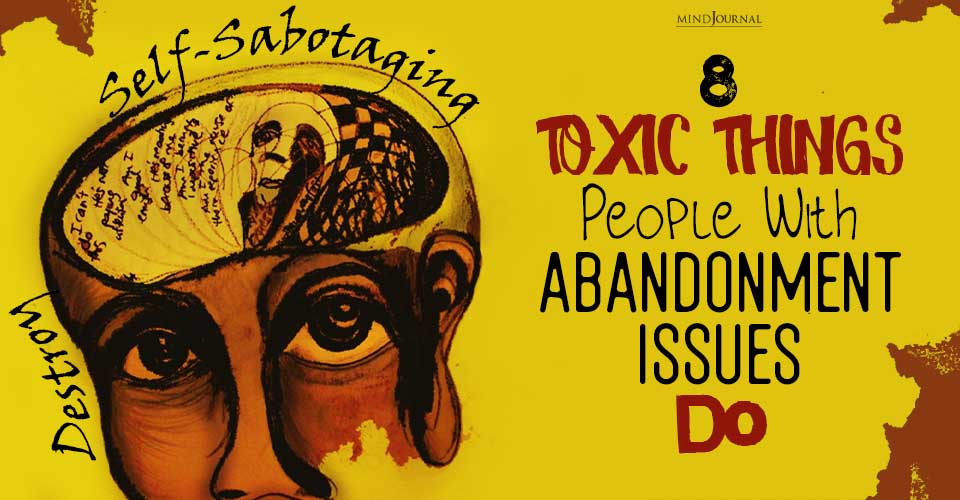

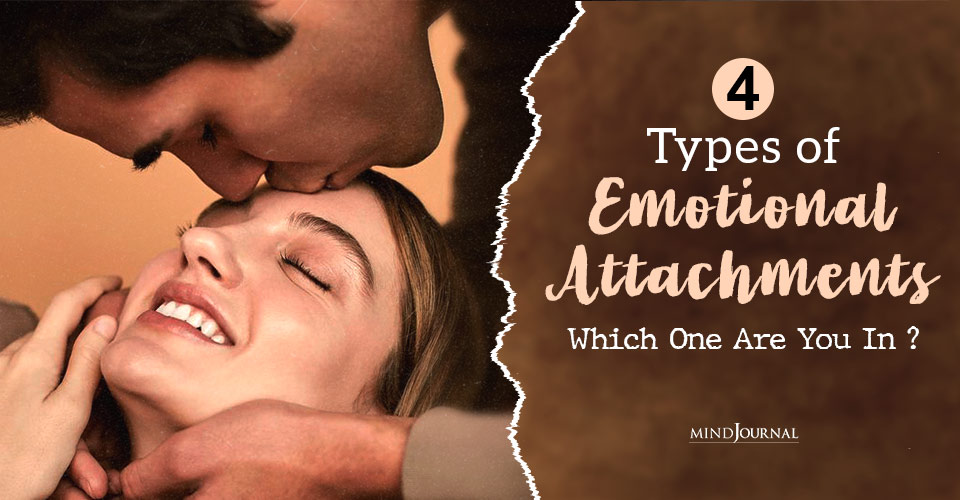



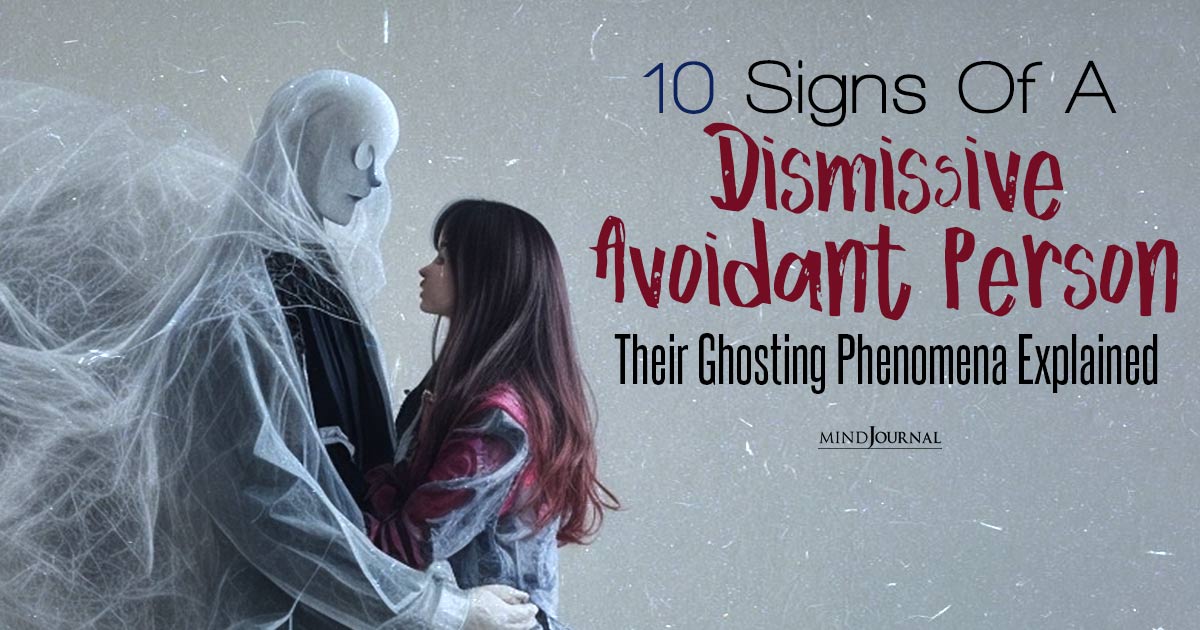
Leave a Reply